Write with a sense of wildness and depth, uncovering truth and reclaiming your unique voice.
I just read this in Pat Schneider’s book “Writing Alone and with Others”—Thomas Wentworth Higginson, at some point in his nearly 25-year letter-writing mentorship and friendship with Emily Dickinson called her work “uncontrolled,” “sporadic” and “wayward.”
Thank goodness she didn’t let that stop her!
Dropping deep, writing below the mental noise
We all walk around with a committee of voices in our head: telling, judging, complaining, encouraging, assessing, predicting, analyzing, and so much more. At times this can be helpful, but mostly it isn't.
This is especially true when it comes to creative or generative work, like writing.
To get to the good writing (and by good, I simply mean writing that is most reflective of your unique voice and best expresses your truth) you have to drop to a level deeper than those voices.
You invite in stillness and then let yourself go, abandoning any sense of self on the page. This is true no matter what you’re writing – poetry, memoir, something in between. Even non-fiction.
And doing this is easiest when you write fresh material. That is, when you have thanked your editor-mind by giving it a cookie and asking it go outside and play on the monkey bars. 😊
First drafts offer the best opportunity to go deep, wild. They are no stakes writing. Often when we write like this the writing is sloppy, sometimes unreadable. Time compresses. We can travel to other spaces, different eras.
These are all signs you’re dropping in.
Embracing wildness: a path to authentic writing
A great deal of a writer’s work is clearing the way so that this sense of abandon, of wildness can emerge as you write. This is when you feel the most like yourself, the freest, and it best allows your original voice to emerge.
A long, heavy tradition of academic writing (as well as decades of dismissing women and other marginalized writers’ works as ‘confessional’) have left many of us with incredibly specific overt and subconscious messaging about what makes writing “good.”
It’s often seen as tight, refined…controlled. And while there is certainly a role to editing and polishing a piece to find and make sure those truths shine, that part of the process happens later.
After you’ve written something, maybe a day or two later, you can look at it again. You can see what's there, what sparkles, what lands in your gut.
What is most alive?
It was that sense of aliveness, of unabashed being-ness, that perhaps most startled Thomas Wentworth Higginson initially in Emily Dickinson's words. And it’s that very same essence, that living essence, that stays true in her words, so they resonate as we read them over 150 years later.
I wonder what you’ll write this week that feels alive?
Hope is the thing with feathers
By Emily Dickinson
Hope is the thing with feathers
That perches in the soul,
And sings the tune without the words,
And never stops at all,
And sweetest in the gale is heard;
And sore must be the storm
That could abash the little bird
That kept so many warm.
I've heard it in the chillest land,
And on the strangest sea;
Yet, never, in extremity,
It asked a crumb of me.
This poem is in the public domain

